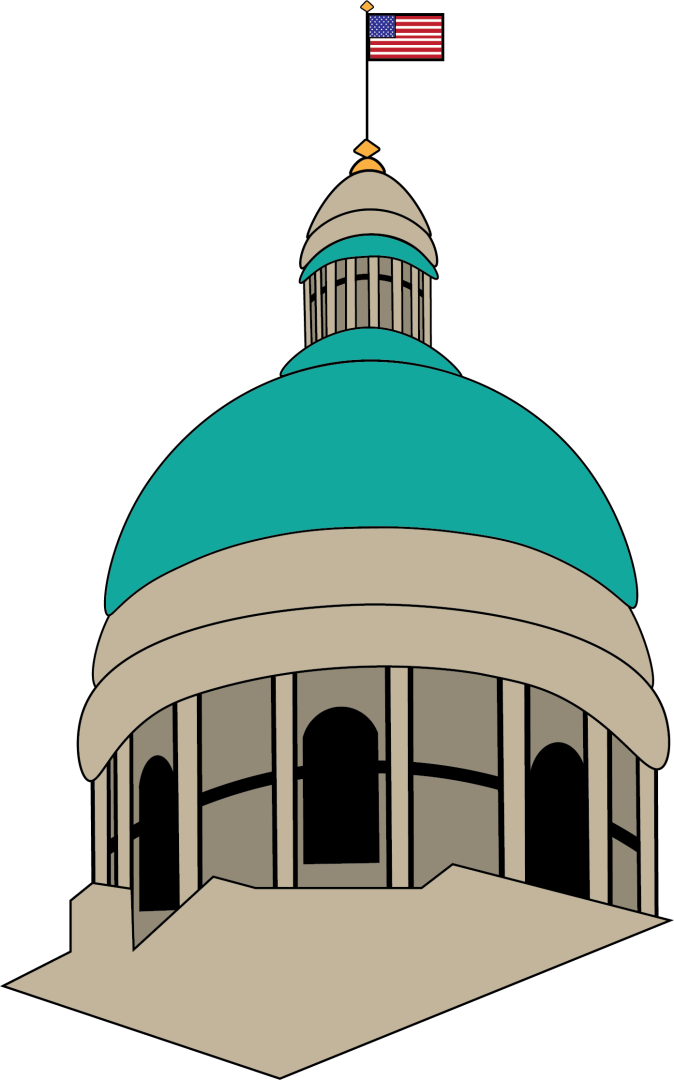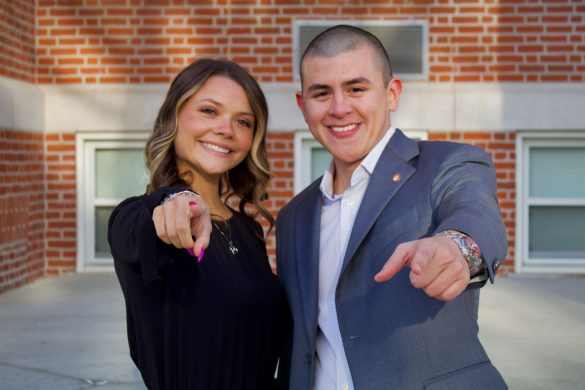The Supreme Court decision in Roe v. Wade on Jan. 22, 1973, made abortion legal at the federal level because the Due Process Clause of the 14th Amendment to the United States Constitution provides a right to privacy that conferred the right to have an abortion. According to HISTORY, the 14th Amendment states that anyone born or naturalized in the United States has a right to privacy. For almost 50 years, Roe v. Wade has made it possible for women across the country to obtain an abortion without the government interfering. But on June 24, 2022, the Supreme Court ruled in a 6-3 decision that there is no constitutional right to abortion, and the decision should be left to the states, according to JUSTIA.
I remember vividly the moment I learned that Roe v. Wade had been overturned. It was as if the world had stopped. It didn’t feel real. People had been talking about the possibility for months, but I never thought that I’d see the day that it would become a reality. It was real, undeniably real. Social media were ablaze with both the screams of anguish and the shouts of joy about a decision that affects millions of people.
In the more than four months since Roe v. Wade was overturned, thousands of people have flooded the streets in protest, many feeling confused, angry and uncertain about what this means for future generations. According to the Center of American Progress, 18 states currently have banned or restricted abortion in some form. Unfortunately, Indiana is one of them. An official ban took effect on Sept. 15, making abortion illegal except under a narrow set of exceptions–if the pregnant person’s life or serious health is in danger; if there’s a lethal fetal anomaly, for up to 20 weeks after fertilization; or if a case of rape or incest, for up to 10 weeks after fertilization, according to WFYI. However, according to CNN, the ban was only in effect for about a week and currently is being challenged in court by abortion care providers..
This feels like the quiet before the storm, as we wonder what will happen next if the ban goes into effect. I genuinely cannot see the reason in passing a law like this. I do not see who benefits, especially when one considers that Indiana has some of the worst maternal mortality rates in the country, according to WFYI. This ban endangers people’s lives, especially low-income women and women of color. According to WFYI, 75% of pregnancy-associated deaths occurred among women covered by Medicaid. And black women were much more likely to experience a pregnancy-related death than white women, according to the Indiana Maternal Mortality Review Committee 2022 Report. So many factors that go into why people choose to abort will no longer even be considered, such as mental health and income. Major Indianapolis-based companies such as Eli Lilly and Cummins already have spoken out about how this new law will negatively impact hiring people to work in Indiana, according to CBS. Both companies combined employ about 20,400 people in Indiana and now speak of looking for expansion opportunities outside of the state. At the end of the day, no one should be able to say that someone else should or should not be able to have an abortion. Just because a person’s personal beliefs align with this law does not make it right. This law also could affect more than just whether someone can have an abortion. Contraceptives such as IUDs may be on the line as well, according to WFYI. Whether you agree or disagree with Indiana’s almost total abortion ban, one fact remains: the ban means only that safe abortions will be inaccessible in Indiana.
On Sept. 15, Indiana passed Senate Bill 1 which includes some of the strictest abortion restrictions the state has seen in response to the overturning of Roe V. Wade in June. According to an AP News article about the bill, the new law allows exceptions for rape and incest within the first 10 weeks after fertilization, serious health risks that can complicate the physical health of pregnant persons, or the diagnosis of a lethal anomaly for the fetus.
by Arrianna Gupton | Editorial Assistant
While the amount of time afforded to those seeking an abortion is fairly short, it is better than if abortions were banned outright. Some lawmakers view the exceptions provided as sufficient, according to the AP News article, and allowing those who are victims of rape and incest the opportunity to terminate their pregnancies also can be considered generous. At the end of the day, when I look at this bill, one phrase comes to mind: It could be worse.
Although SB 1 creates many restrictions for abortions, Fiscal Matters Senate Bill 2 contains many provisions that help those affected by abortion restrictions. The bill establishes the Hoosier Families First Fund. This includes a sales tax exemption for children’s diapers, increases in the adjusted gross income tax credit for those seeking federal adoption tax credit, states that Medicaid coverage for women postpartum must not be less than 12 months, requires the office of Medicaid policy and planning to compile reimbursement for hospital services for Indiana and bordering states for some wellness services related to pregnancy, adds donated breast milk to the supplies provided by Medicaid, establishes a doula reimbursement advisory board, authorizes providers to request grants for individuals seeking contraceptives, authorizes providers to seek grants for instruction on fertility family planning methods and appropriates money for purposes related to families and children. The bill will go into effect in January 2023.
Ultimately, this bill accompanies SB 1 because it provides so many things for children and families in Indiana. And despite the fact that abortion is so tightly restricted, there clearly is a plan in place to help support those who may have children as a result of these restrictions. But I think there are more things to be desired from SB 1 because I don’t think every group has been considered. Did the Indiana General Assembly consider how black communities will be affected by this ban, a group that, according to WYFI, historically has sought out abortions at higher rates due to structural racism? Will the aid outlined in SB 2 be enough to help these communities in the wake of abortion restrictions? And while SB 2 provides some incentives for adoption, should the state do more to improve the foster care system, considering there will be an obvious influx of children in the system, if the current injunction on the ban is lifted?
Many things are still to be desired from the state government, in terms of how actually to care for the people who will be affected by this restriction. With time, additional remedies may emerge, but people are being affected by this situation right now. Still, with reproductive rights on the chopping block across the country, being optimistic is important as well. As other conservative states begin to pass their own restrictions, I am grateful that Indiana did not decide on an outright ban. At least Indiana included provisions in the bill that empathize with those who are victims of sexual violence and those whose health could be seriously affected by pregnancy. All in all, it could be worse.









